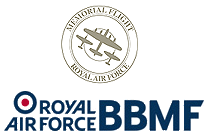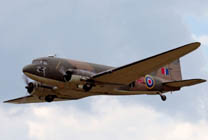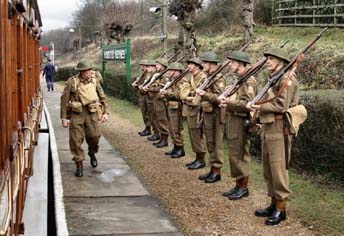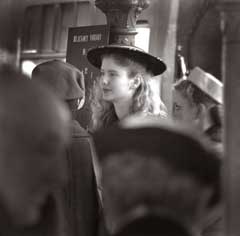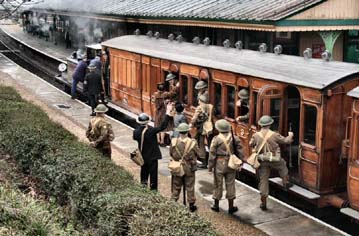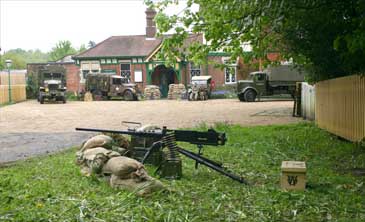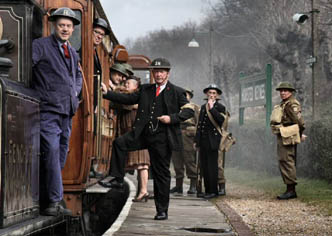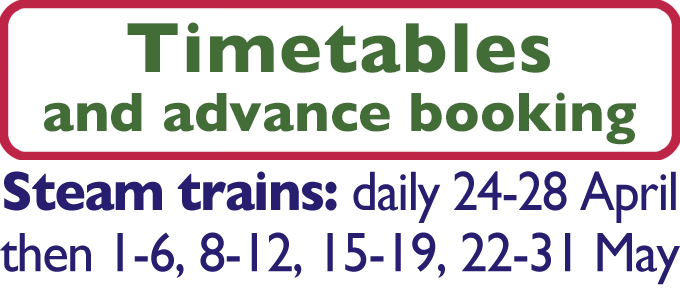

|


|

|


SOUTHERN at WARSaturday 9th & Sunday 10th May 2009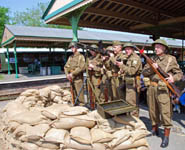
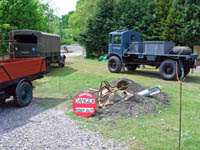
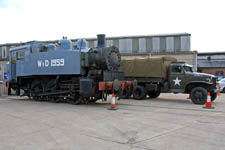
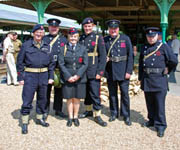
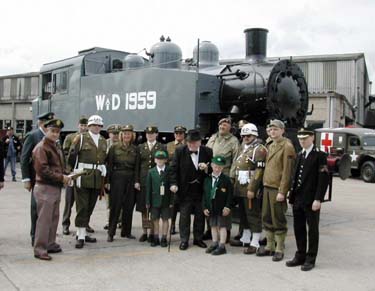
Events taking place: Saturday and SundayAt Sheffield Park:
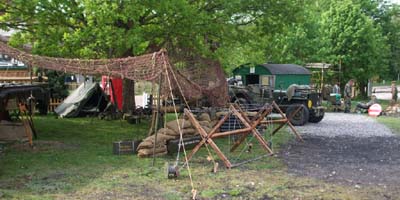
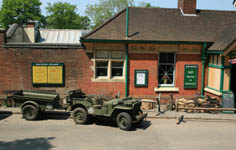
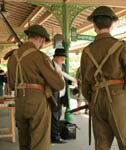
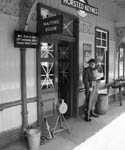
At Horsted Keynes:
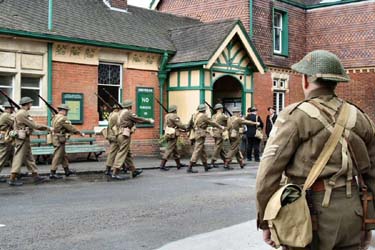
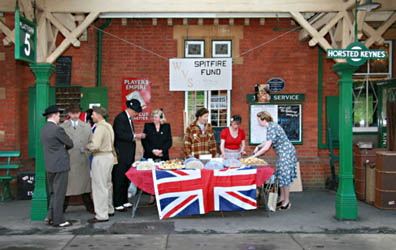
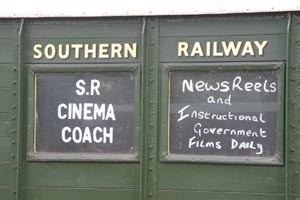 At Kingscote
At Kingscote
Intensive steam train service
Fare details and advance ticket purchases
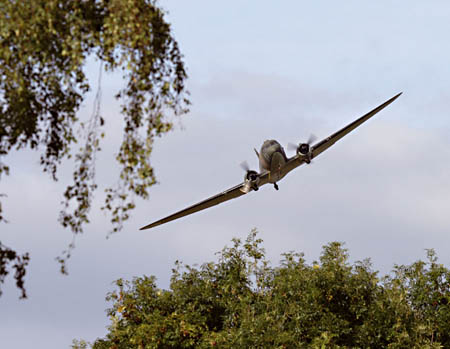 Dakota Flypast - Horsted Keynes - Saturday at about 1.55pm
Dakota Flypast - Horsted Keynes - Saturday at about 1.55pm
The Royal Aircraft Establishment (RAE) at Farnborough then purchased the aircraft, which was allocated the UK military serial number KG661, as it had carried the serial 661 with the Canadians. During her time with the RAE, KG661 was used for a variety of tasks and trials, including dropping sonabuoys through holes cut in the fuselage and launching remotely piloted vehicles. For some time, however, there had been some doubt about the aircraft's serial number; research showed that the original Dakota KG661 had been destroyed in an accident, so the aircraft was allocated a new number: ZA947. Cleared for para-dropping, she often displayed in this role or appeared in the static park at airshows. In 1992 the Defence Research Agency, the successor to the RAE, declared her surplus to requirements and offered the aircraft for disposal. The aircraft was adopted by Strike Command and issued to the BBMF in March 1993, after Air Atlantique at Coventry had completed necessary engineering and structural work. The Dakota is a year-round workhorse for the BBMF being used in a variety of roles, including general support tasks, such as transporting groundcrew and equipment to display venues or other operating airfields. Importantly, as there are no other multi-engine tailwheel-configured aircraft in RAF service outside the BBMF, she is used for training aircrew for the BBMF multi-engine aircraft and in keeping the pilots of the Lancaster current on a multi-engine tailwheel aircraft during the winter months when the bomber is out of action. Increasingly, though, the Dakota has become a display aircraft in her right and now appears regularly on the airshow circuit either on her own or as part of a BBMF 3-ship formation, in company with a pair of fighters. She continues to be capable of para-dropping and is used in that role for special commemorative events. During 2004, original and authentic 'para-seats' were re-fitted to the Dakota, returning the cabin interior to the original, wartime specification. In 2007 clearance was gained to drop the RAF freefall parachute display team, 'The Falcons', and in 2008 clearance was gained to use the latest military static line parachute, thus enabling BBMF to drop the current generation of paratroopers. We hope that in 2009 the Dakota will drop members of the Parachute Regitment in the Arnhem 65th anniversary celebrations. Dakota ZA947 currently wears the livery of 267 'Pegasus' Squadron, which flew in the Transport, Trooping and Re-supply roles in the Middle East and the Mediterranean Theatres during 1943/44.The squadron employed various colour schemes on its Dakotas but always displayed its 'Pegasus' emblem prominently on the aircraft's nose. The Squadron's role included the re-supply of partisans and resistance fighters, behind enemy lines, either by para-drops or by landing at clandestine airstrips. 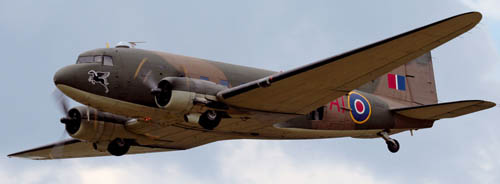
Please Note: whilst the Bluebell Railway will do its best to provide the attractions described, if necessary they may be subject to alteration without notice. 

Return to BRPS Home Page, to the Timetable or to Special Events Visitor Info. - Museum - Trust - Catering - Contacts - What's New - Projects - Locos - Carriages & Wagons - Signals - History - Other - Links - Search - FAQ Why not become a BRPS Member? - Get more involved as a Volunteer Photos from past events, and a special photo shoot, with thanks to Derek Hayward, Tracey Wheatley, Dave Clarke, Stephen Hunt, Paul Pettitt, Jon Bowers, and the 23rd Sussex Home Guard. The Dakota images and information are courtesy of the Battle of Britain Memorial Flight. © Copyright BRPS. Privacy Policy |
